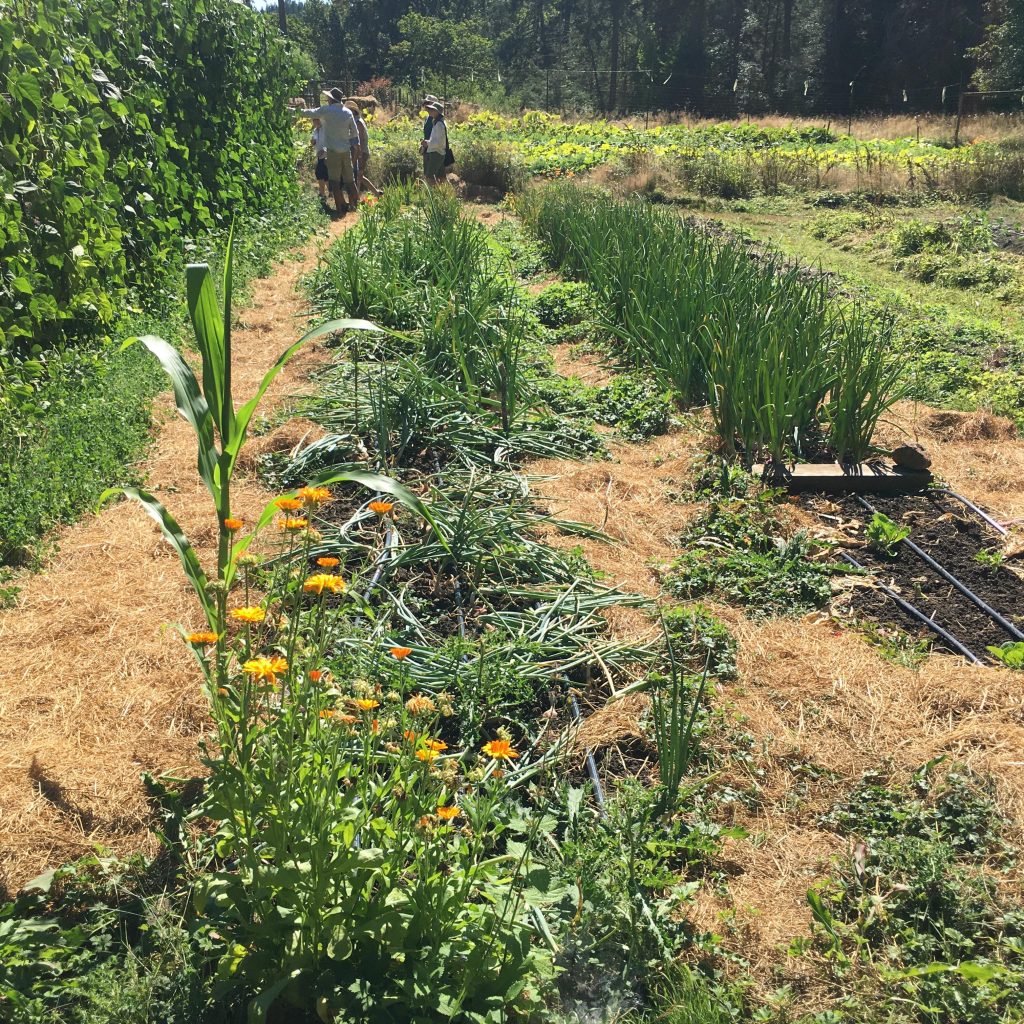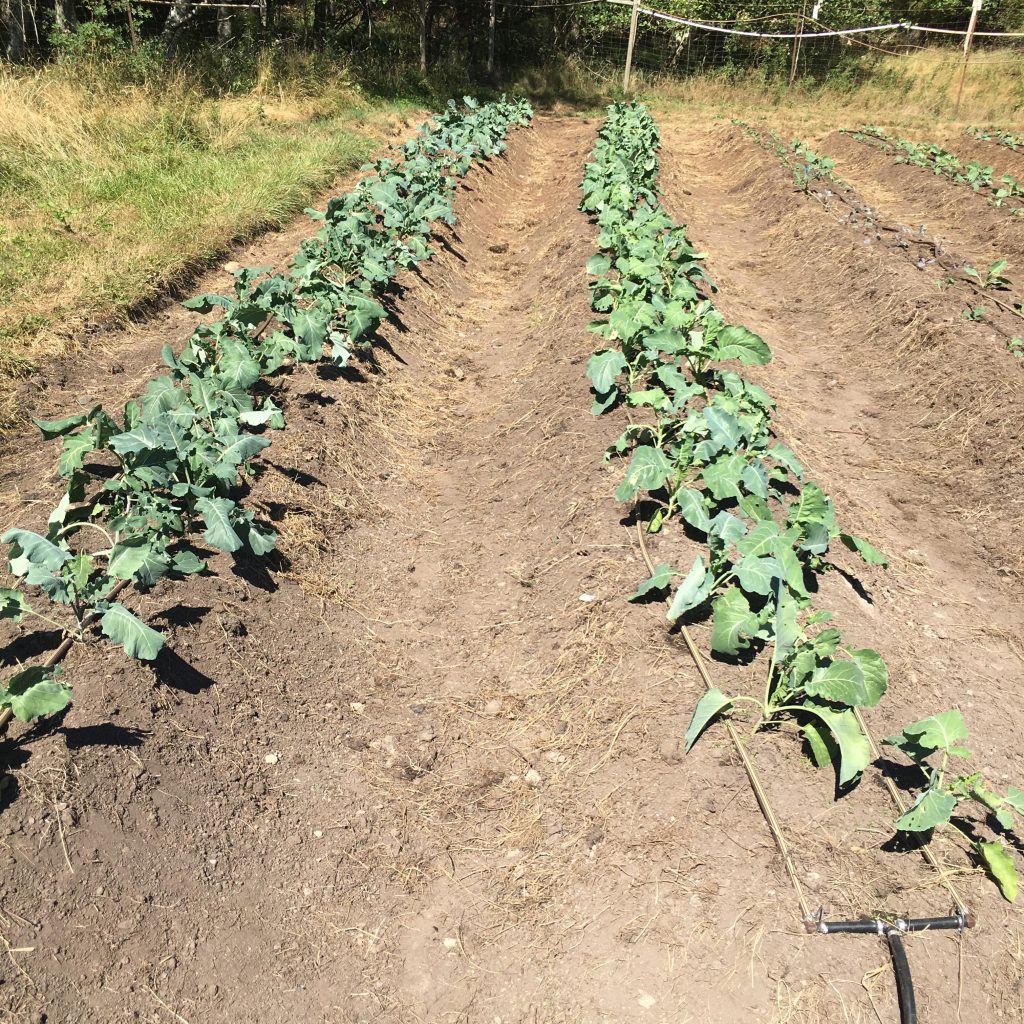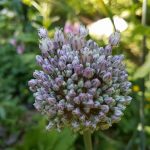Echo Valley Community Farm
I had the opportunity to tour the Echo Valley Community Garden as part of the Garden Tour Series held by the Incredible Edibles group of the Salt Spring Island Garden Club. Thank you Milly who organized the tour, as well as Mark and his team at the farm for providing an excellent example of a local family Farm.
Here are my notes from the tour. This is what I heard. All mistakes are my own. This is meant to provide a guide to others who wish to start a local community garden. For more information on Echo Valley Community Garden please visit https://echovalley.ca/
To participate in local garden tours on Salt Spring Island, join the local Garden Club at https://ssigardenclub.ca/ and ask to join the Special Interest groups of your choice. My favorite are the Incredible Edibles group and the local Permaculture Group.
Notes on Echo Valley Community Garden
Echo Valley Community garden is in it’s 3rd summer
Membership is limited to 10 families.
Across 10 Families there is about 18 Individuals
All Members live within the neighborhood
Membership is from the local emergency POD program
After a local emergency the POD’s focus was on Fire Safety and Earthquake prevention.
After the Pandemic hit, the local POD’s Mandate evolved to include food security & community resilience.
Details on the Membership
Membership is reserved for families in that neighborhood or Emergency POD,
Families live within walking distance to the garden
Each family agrees to contribute 2 hours of work per family, per week.
With 10 families @ 2hrs of labour, the community has 20hrs of labour per week to direct towards projects
Each family also paid $100 the first year to help contribute to materials and amendments.
Community Garden Site Details:
Existing fenced area with excellent deer fencing.
Full Sun Exposure
Great access to water with two wells on site, as well as a large pond.
Historical use of the site across the last four owners seemed to follow the trend of:
Fallow Space / Garden / Grazing Sheep / Fir & Cedar Forest cleared for agricultural land.
Access to the land is provided by a local elder who is part of the Community POD group.
Farm Management
The Core Team meets Thursday evening with wine & cider
This team is called the “Farm managers”
Core Farm Managers discuss seasonal action items and next steps for next Sunday
Core team of Farm Managers loosely covers these roles:
- Plowing & Bed Prep
- Seed Starting
- Farm planning / scheduling seasonal activities
- Counsellor / group dynamics.
- Irrigation set up
How does the Community Farm work?
At least one member from all 10 Families meet for “Dirt Church” every Sunday
Dirt Church is their farm gathering and runs from 8am – 10:30am
They meet in a circle with a check-in
After check in, the Farm Managers quickly explain the list of priorities for the day.
They all work for 2-2.5hrs
If a family is missing, they get their list on the board and they can make up the hours that week.
Each Family is commited to devoting 2hrs / week.
Roles include: Planning / Bed Prep / Planting / Seed Starting / Mulching / Communication / Web Design
Experienced gardeners are assigned to start seedlings, select varieties, and orchestrate the farm plan
Those with experience with specialized roles such as Plowing / Tilling / Irrigation volunteer for those tasks.
Attention to detail people thrive with making those beds perfect straight lines and other detailed tasks.
Community oriented people thrive with communication, conflict management and group dynamics.
New Gardeners thrive on tasks like hand seeding carrots, mulching, and maintenance.
Details on their process for Bed Preparation for new ground
For a brand new area, first-year garden beds, they Plow the ground to form raised beds.
Then they till in Dolopril and Amendments with Rotor-tiller.
Weeds on the surface are then hand pulled and shaping raised beds is done rakes.
Beets and Carrots are direct seeded. Carrots with pelleted seeds.
Onions, Squash are done by transplants.
Details on their process for Bed Preparation for existing garden space
The crop is harvested from the bed
The intention keep the soil covered with living roots in the ground as much as possible, so:
They use cover crops of Buckwheat in summer after pulling garlic.
They use cover crops of Vetch over winter in beds without crops.
Before planting, they till in the cover crop with a plow which shapes raised beds.
They then Till in Lime and fertilizers with rotor tiller. (Dolomite, & Organic amendments)
After tilling, any weeds are pulled & beds are shaped with rakes prior to seeding or transplanting crops
Managing Site Fertility and Amendments:
20kg bag of dolomite for each 100ft bed / Per Year.
Organic Fish Bone Meal + Organic Alfalfa Pellets used prior to planting “Heavy Feeders”
Heavy Feeders include Garlic / Onions / Squash / Brassicas
Manure is from sourced locally from Ruckle Park Farm
Crop Rotation is used to minimize disease and pest pressure.
Frugal Sourcing of materials keeps membership costs low.
Members volunteered to help restore some historical gardens at Ruckle Farm in exchange for manure
This year’s Mulch is spoiled round bales donated from Dr. Puhky’s Farm in Burgoyne Valley
Cover Crops are used to provide fertility and to reduce needs for fertilizer & manure
A member who owns a plow and rototiller helps with bed prep to reduce the cost of equipment.
Irrigation System Details
One member of the community garden that had experience with irrigation set up the system.
The Garden Beds were: 100ft x 3 ft. Each Garden bed had 2-3 1/2″ Drip Lines, or 3 “Drip Tapes”.
Timers automate the drip irrigation. I observed the Two-zone orbit timer used.
It looked like a Hose line, connected into the orbit Timer.
From the Timer, a 1/2″ line ran parallel to the front of the garden beds.
Each Garden bed had three runs of “drip tape” , or two to three 1/2″ drip lines for each bed.
It appeared that crops that needed more water, had three runs of drip tape.
Farm Layout as of August 2022
2 Beds of Garlic had just been pulled. About to be seeded to buckwheat cover crop
2 Beds of onions looked amazing (Ready for Harvest – Variety)
1 bed of pole beans (Bumper Crop, Currently harvesting – Variety Vortex)
1 bed of carrots (Almost ready for harvest)
1 bed of beets (Almost ready for harvest)
2 beds of squash (winter squash – Ready Soon)
1 Bed of broccoli purple sprouting (Just Transplanted, Ready in Spring)
1 bed of cauliflower (For Winter – Galeon Winter Caulifower)
2 beds of winter broccoli (For Winter through Spring – Just planted from transplants)






















